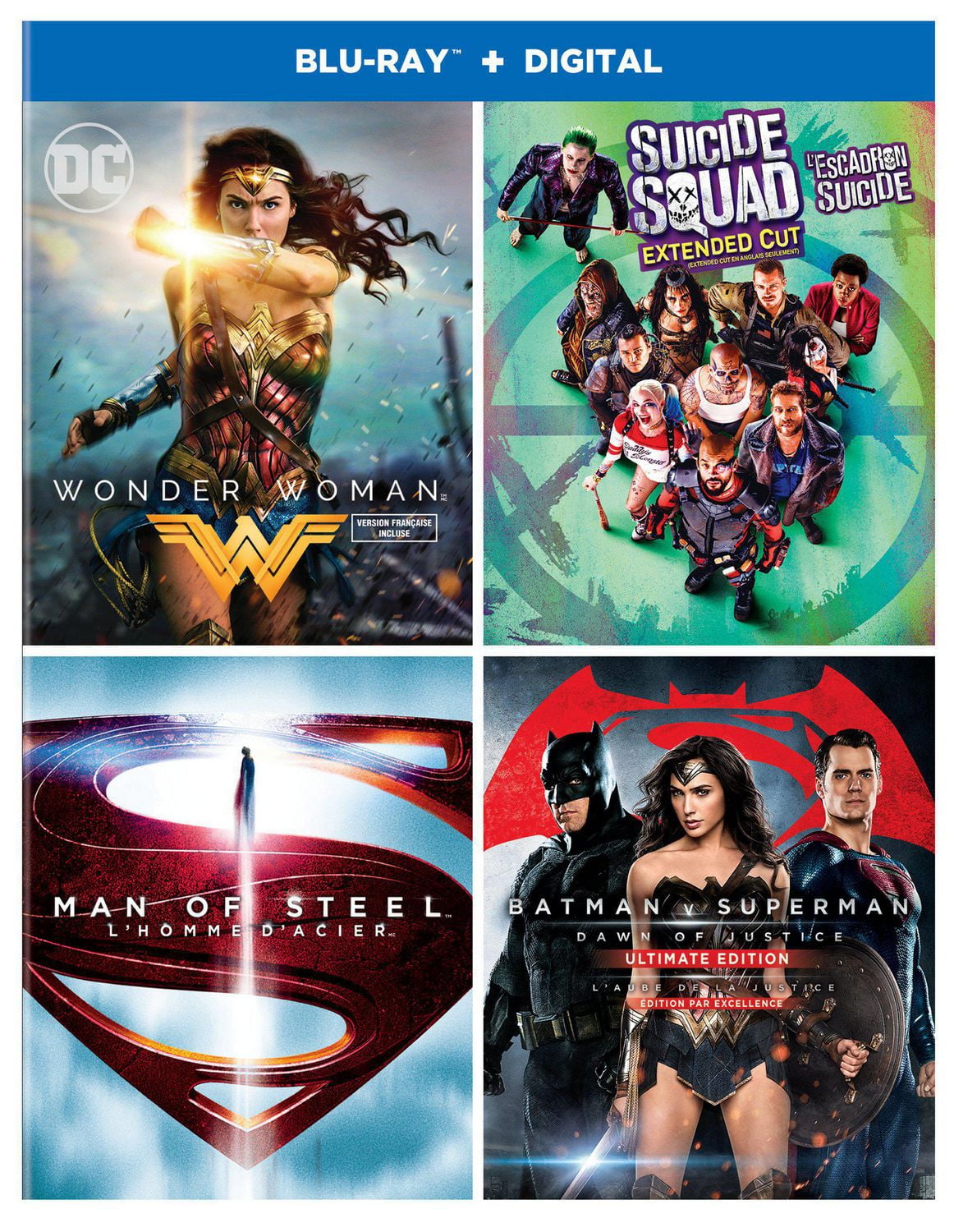

Where Wonder Woman pitched a previously sheltered Diana into wartime, the sequel fast-forwards several decades to the mid-’80s - and despite an initial influx of legwarmers, spandex and red-chrome Porsches, Jenkins resists leaning too heavily into the era’s pop- culture signifiers.

Jenkins’ belief in and understanding of Diana’s true power is written right into the DNA of Wonder Woman 1984, shining through in its quietly revolutionary imagery and the thematic underpinnings that pit our hero against Pedro Pascal’s shady villain. It’s clear that Jenkins feels even more empowered this time around to hold firm to Wonder Woman’s intrinsic ethos: that she is a bastion of truth and honesty, whose physical strength is complemented by the warmth, love and generosity that she radiates. Patty Jenkins’ 2017 film pierced the grimdark pomposity of Man Of Steel and Batman v Superman in an outing that dared to embrace the inherent goodness of its central hero, a sincerity that shone through both in its super-powered set-pieces, and in the budding romance between Gal Gadot’s Amazonian warrior-goddess Diana and Chris Pine’s human (but superhumanly handsome) World War I pilot Steve Trevor. It’s fitting that Diana Prince is the one to swoop in and save the day - after all, she was the original bright new hope of the DC Extended Universe, once so mired in morally murky seriousness (and visually murky set-pieces). But as the year closes, one comic-book blockbuster has defied the odds to make it to the big screen and rescue 2020 from total misery: Wonder Woman 1984. ( Birds Of Prey arguably qualifies, though Harley Quinn was more concerned with saving an egg sandwich than saving the world.) After years of box-office dominance, the one thing DC and Marvel’s greatest heroes weren’t prepared for was a pandemic. For the first time in about two decades, 2020 has been a year without a single major planet-rescuing superhero on the big screen.


 0 kommentar(er)
0 kommentar(er)
